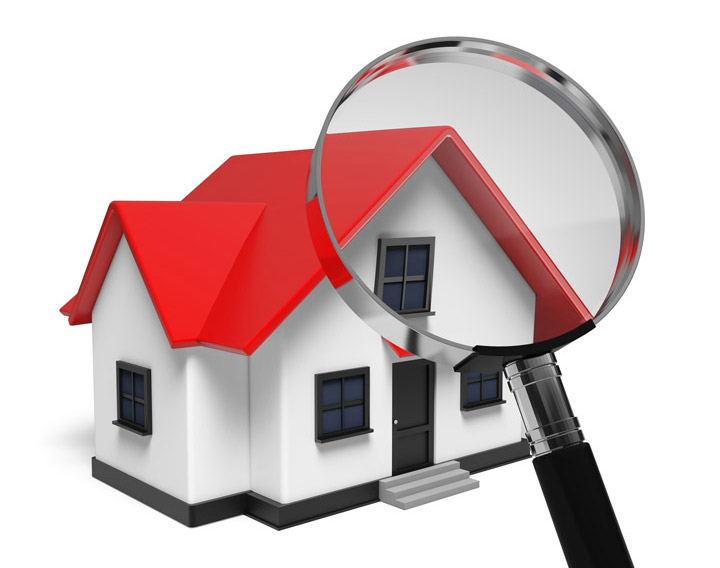
What Are the Components of an Appraisal?Purchasing real estate can be the most significant transaction some of us will ever encounter. It doesn't matter if where you raise your family, a seasonal vacation home or one of many rentals, the purchase of real property is a detailed financial transaction that requires multiple people working in concert to see it through. Most of the people involved are quite familiar. The real estate agent is the most recognizable person in the exchange. Next, the bank provides the money required to finance the deal. The title company ensures that all areas of the sale are completed and that a clear title passes from the seller to the buyer. So, what party makes sure the value of the property is in line with the amount being paid? This is where the appraiser comes in. We provide an unbiased estimate of what a buyer might expect to pay — or a seller receive — for a property, where both buyer and seller are informed parties. A licensed, certified, professional appraiser from Excellent Ideas of America will ensure, you as an interested party, are informed. The inspection is where an appraisal startsTo ascertain an accurate status of the property, it's our duty to first complete a thorough inspection. We must physically see aspects of the property, such as the number of bedrooms and bathrooms, the location, amenities, etc., to ensure they indeed exist and are in the condition a typical buyer would expect them to be. The inspection often includes a sketch of the property, ensuring the square footage is correct and illustrating the layout of the property. Most importantly, the appraiser identifies any obvious amenities - or defects - that would have an impact on the value of the property. After the inspection, we use two or three approaches to determining the value of the property: paired sales analysis and, in the case of a rental property, an income approach. 
Cost ApproachThis is where we analyze information on local building costs, the cost of labor and other factors to calculate how much it would cost to build a property comparable to the one being appraised. This estimate usually sets the maximum on what a property would sell for. The cost approach is also the least used predictor of value. 
Analyzing Comparable SalesAppraisers become very familiar with the subdivisions in which they appraise. They thoroughly understand the value of specific features to the residents of that area. Then, the appraiser researches recent transactions in close proximity to the subject and finds properties which are 'comparable' to the property at hand. Using knowledge of the value of certain items such as square footage, additional bathrooms, hardwood floors, fireplaces or view lots (just to name a few), we add or subtract from each comparable's sales price so that they are more accurately in line with the features of subject.
A true estimate of what the subject might sell for can only be determined once all differences between the comps and the subject have been evaluated. When it comes to valuing features of homes in Newark and Essex, Excellent Ideas of America can't be beat. The sales comparison approach to value is commonly given the most consideration when an appraisal is for a home exchange. Valuation Using the Income ApproachIn the case of income producing properties - rental houses for example - we may use a third method of valuing a house. In this case, the amount of revenue the property generates is taken into consideration along with income produced by similar properties to determine the current value. Putting It All TogetherCombining information from all approaches, the appraiser is then ready to document an estimated market value for the property at hand. Note: While this amount is probably the most accurate indication of what a property is worth, it may not be the final sales price. There are always mitigating factors such as seller motivation, urgency or 'bidding wars' that may adjust the final price up or down. Regardless, the appraised value is typically employed as a guideline for lenders who don't want to loan a buyer more money than they could get back in the event they had to put the property on the market again. The bottom line is, an appraiser from Excellent Ideas of America will guarantee you discover the most accurate property value, so you can make wise real estate decisions. |